U.S. Forest Service Announces Funding to Reduce Wildfire Risk
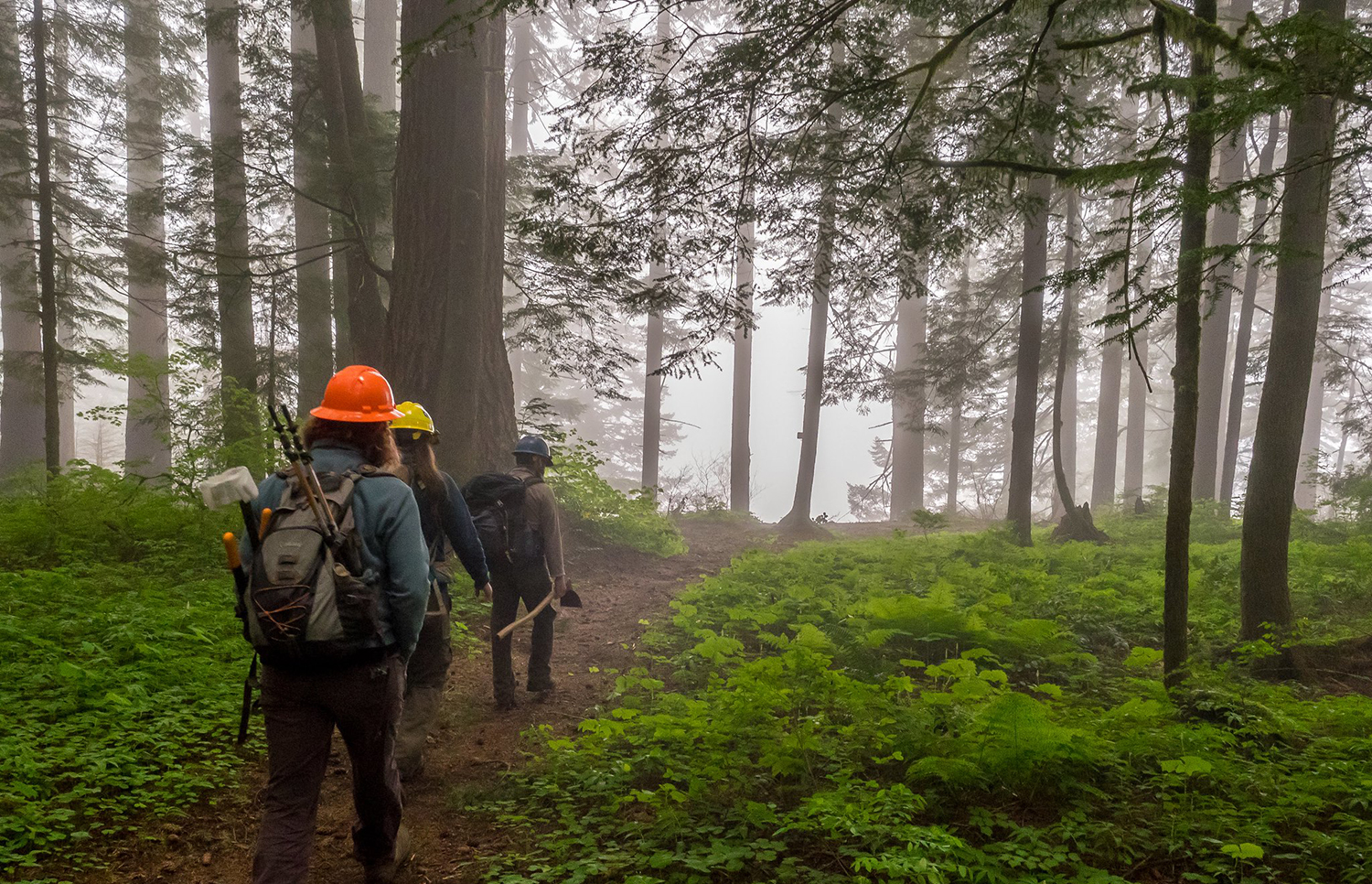
U.S. Forest Service Announces Funding to Local Businesses and Underserved Populations to Reduce Wildfire Risk
$25M Funding Opportunity to Reduce Wildfire Risk
August 6, 2024 – The U.S. Forest Service announced a funding opportunity through the Hazardous Fuels Transportation Assistance program to reduce wildfire risk, increase market opportunities, and support local jobs.
The program is available to local businesses that remove hazardous fuels from national forests and transport the material to be processed for wood products or services. Transporting the materials out of the national forest prevents them from being burned in the forests or left in place where they are subject to insects and diseases that increase the risk for wildfire.
The funding focuses on the removal of hazardous fuels with little commercial value, creating economic opportunities while improving overall forest health and resilience.
$15M to Help Underserved and Small-Acreage Landowners Access Climate Markets
August 28, 2024 – The U.S. Forest Service announced it is investing $15 million to connect underserved and small-acreage forest landowners with emerging climate markets. These investments will expand access to markets that were previously out-of-reach for underserved and small-acreage landowners to access new economic opportunities to maintain healthy working forests as pressures increase to convert forests to other uses. In California, nearly $2 million will go to the Shelterwood Collective, a 900-acre Indigenous, Black, Disabled, and Queer-led community forest and collective of land protectors and cultural changemakers.
CAL FIRE Invests $15M in California’s Wood Products Infrastructure
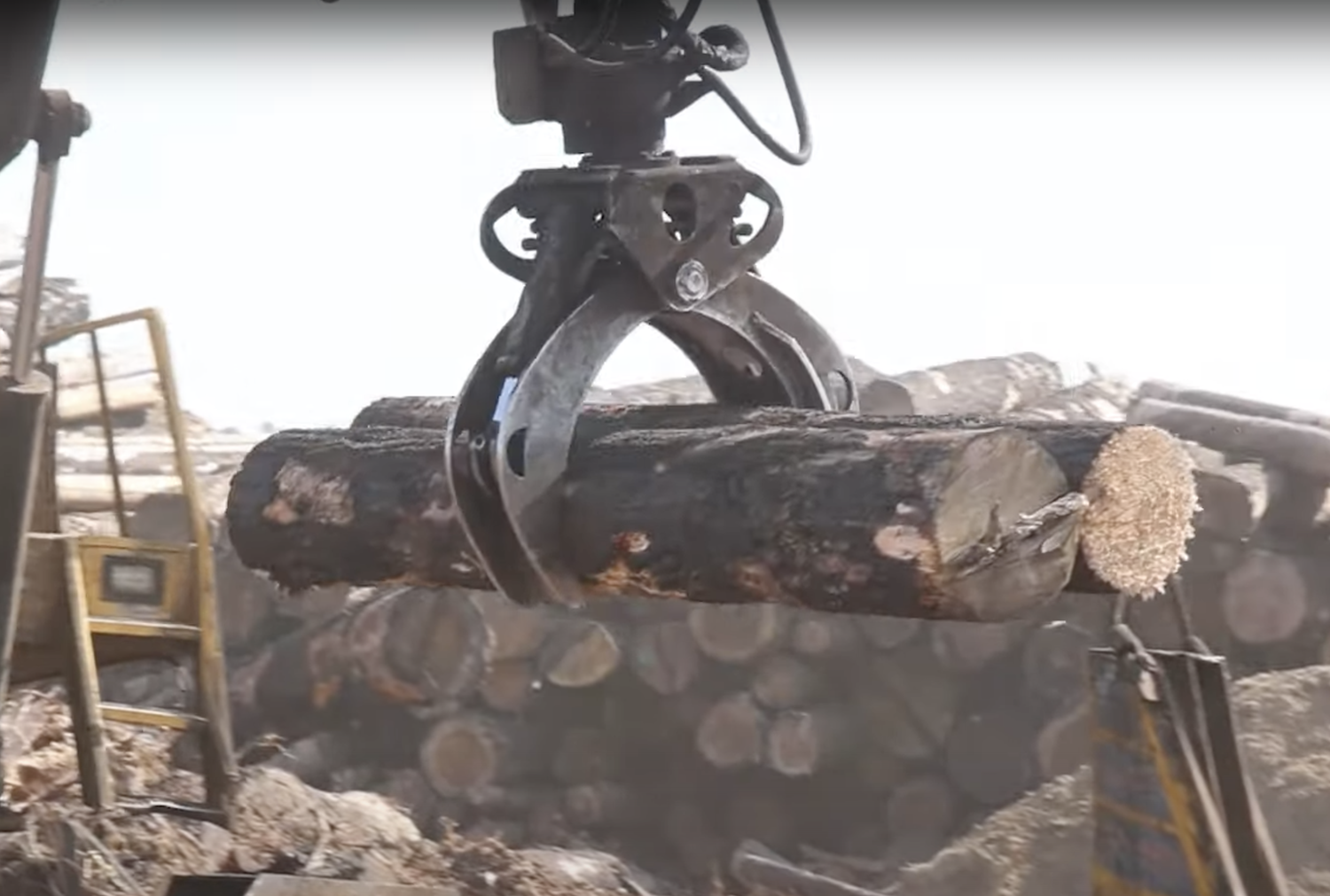
CAL FIRE Invests $15M in California’s Wood Products Infrastructure
On December 7, CAL FIRE announced the Wood Products and Bioenergy Program awarded 16 projects focused on expanding workforce development and growing the businesses involved in creating healthy, resilient forests across the state as outlined in California’s Wildfire and Forest Resilience Action Plan. The awards support private businesses, non-profits, schools, and Tribes.
New State and Federal Investments in Wood Innovations Products
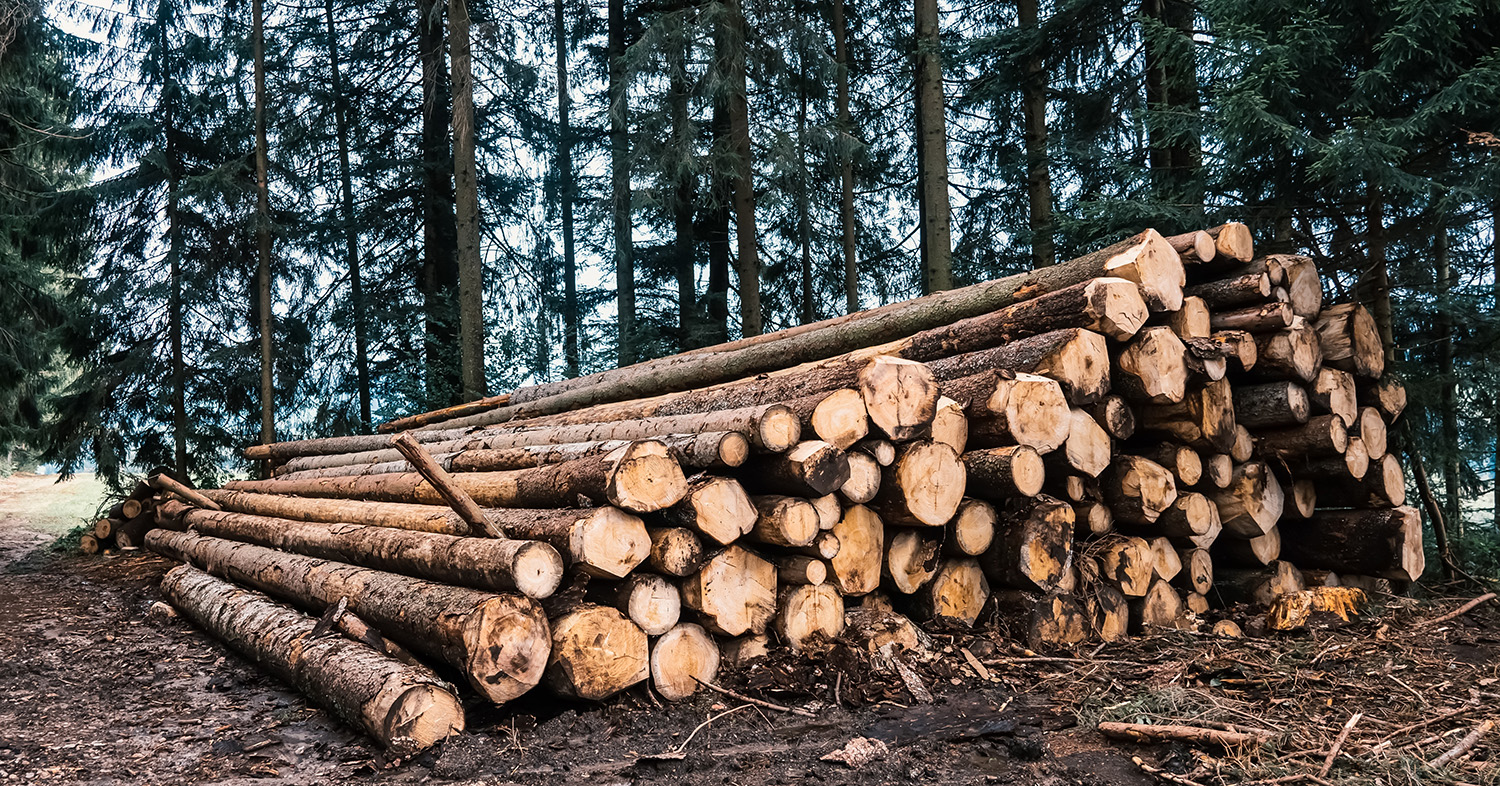
New State and Federal Investments Being Made in Wood Innovations Products
USFS Invests $43 Million in Wood Innovations Projects: The U.S. Forest Service supports innovation in the wood products economy, expansion of wood energy markets, and promotes wood as a sustainable building material. California will receive nearly $3.5 Million to invest in 12 Wood Innovations grants as part of a nationwide $54 million investment. The funded projects will expand modern wood use — as construction material in commercial buildings, as an energy source, and as manufacturing and processing for wood products used in framing homes and more.
CAL FIRE Invests $16 Million in Biomass Energy, Wood Products and Workforce: CAL FIRE’s Wood Products and Bioenergy Program awarded $16 million through 14 grants to non-profits, small business and manufacturing facilities. Grants will allow the subsidized transport or low-value forest biomass, job training opportunities, forestry outreach, and the development or expansion of small forest operations and milling businesses.
Jackson Demonstration Forest: A Great Recreation Choice
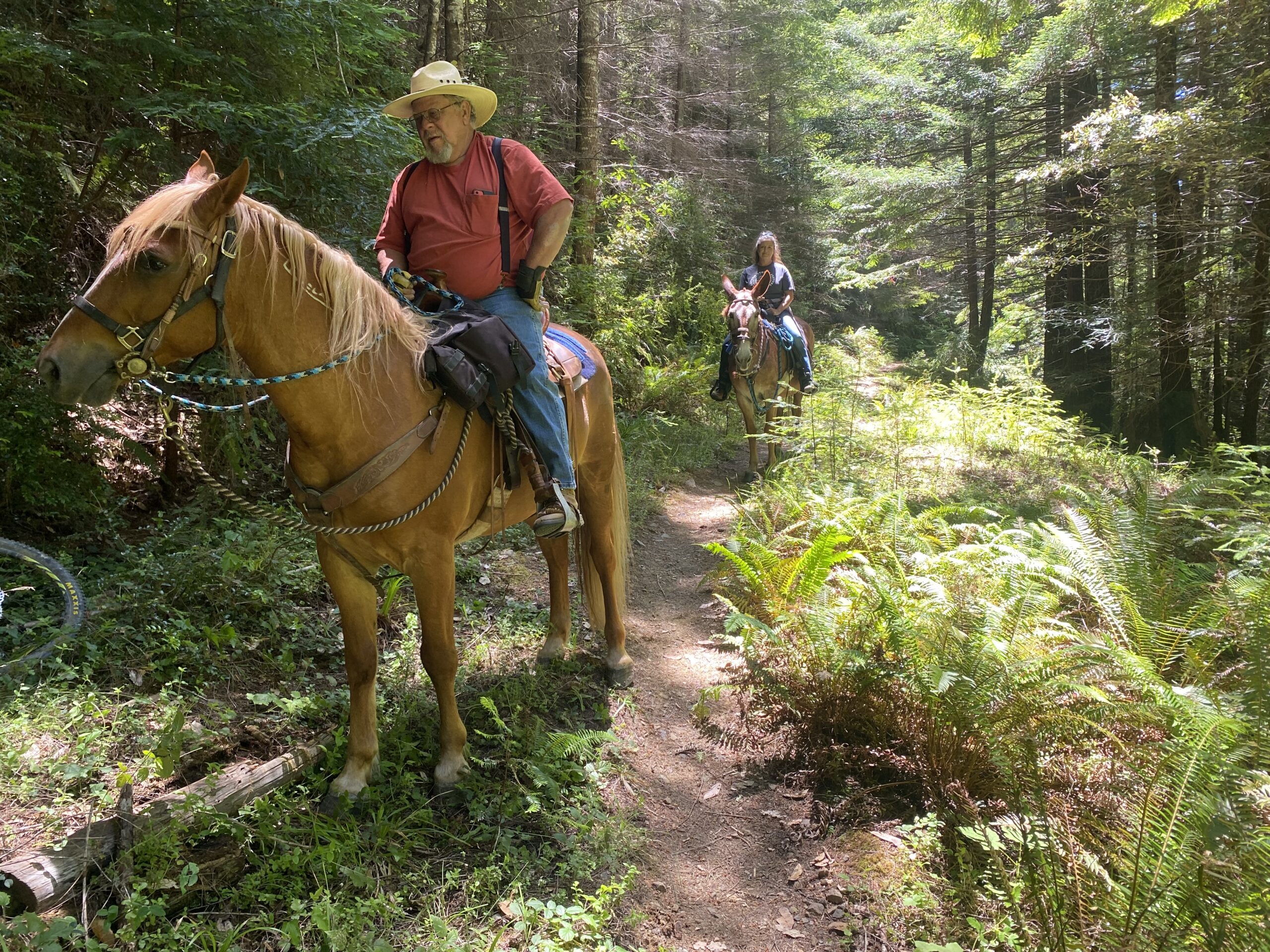
Jackson Demonstration Forest: A Great Recreation Choice
California’s demonstration state forests serve as a living laboratory for how to care for and manage California’s forest lands for multiple benefits—wood products and timber production, recreation, watershed protection, and habitat restoration—given a changing climate and increasingly severe and intense wildfire seasons. The forests provide unique research and demonstration opportunities where environmental scientists, foresters, and other researchers can study the effects of various forest management and restoration techniques that help inform management practices for government, nonprofit and private forestland owners.
Common activities on state forests include experimental timber harvesting techniques that test the Forest Practice Rules, watershed restoration, mushroom collecting, hunting, firewood gathering, cone collecting for seed, a variety of university research projects, horseback riding, camping, mountain biking, and hiking.
Jackson is the largest of CAL FIRE’s ten demonstration state forests. The area has a long history of logging which began in under private ownership 1862 then evolved into sustainable harvesting after the State’s purchase of the property in 1947. Today, more forest growth occurs each year than is harvested. The most common tree on the forest is coast redwood, but visitors will also find Douglas-fir, grand fir, hemlock, bishop pine, tanoak, alder, madrone and bay myrtle.
RESOURCES
State Can Fight Fire With Prescribed Fire By Funding Jobs In The Field
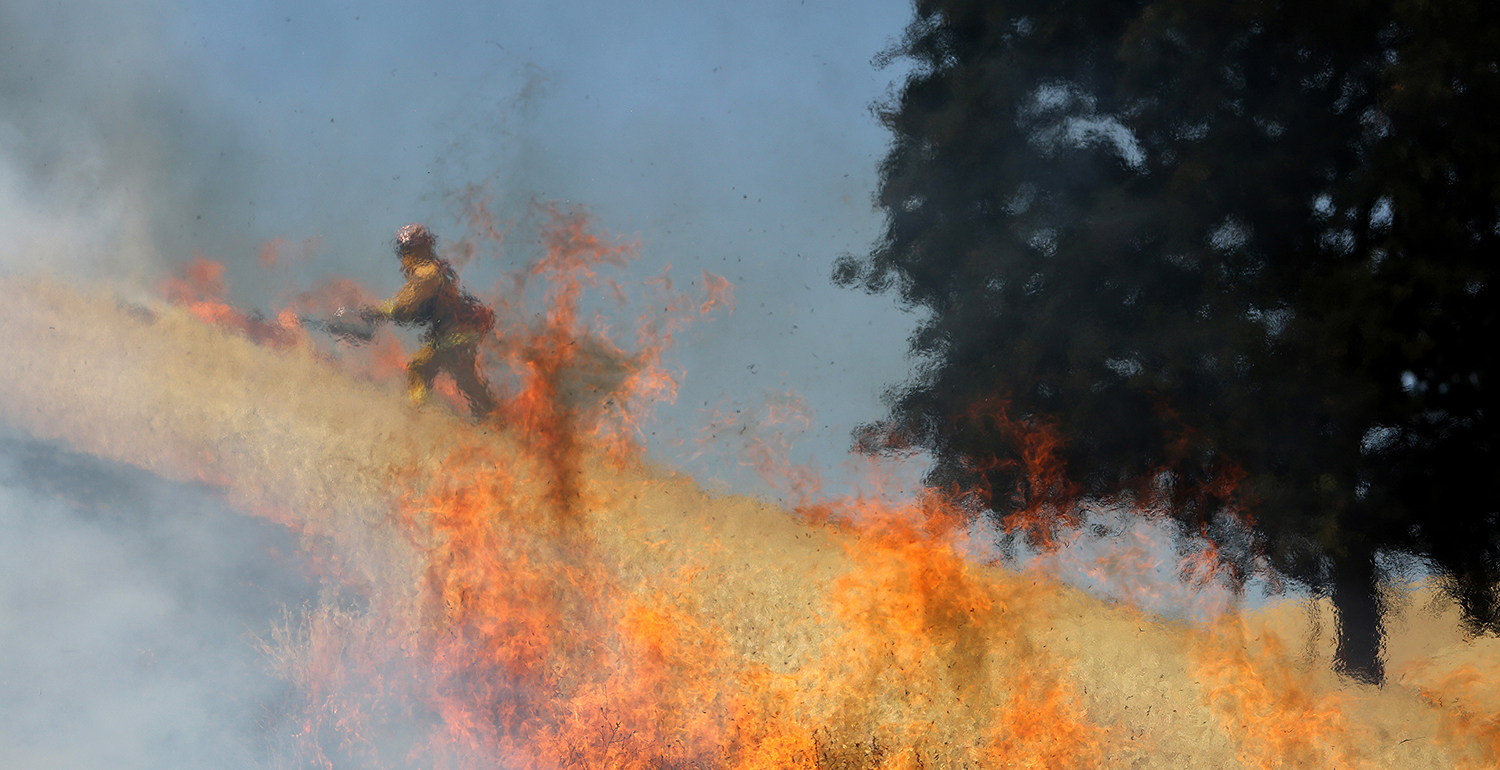
State Can Fight Fire With Prescribed Fire By Funding Jobs In The Field
“It is now accepted that prescribed fire is needed to conserve and restore biodiversity, prevent catastrophic fires, stabilize carbon and promote public health and safety. To address the pace and scale of prescribed fire that is needed, we must invest in careers in prescribed fire.” Read this guest commentary in CalMatters.org from Tom Gardali, CEO, Audubon Canyon Ranch.
RESOURCES
Administration Announces Plans for Reforestation, Climate Adaptation

Biden-Harris Administration Announces Plans for Reforestation, Climate Adaptation, including New Resources from Bipartisan Infrastructure Law
On July 2022, the U.S. Department of Agriculture and U.S. Forest Service announced a nationwide strategy that will address a reforestation backlog of four million acres on national forests and plant more than one billion trees over the next decade. According to USFS Chief Randy Moore, the reforestation strategy will serve as a framework to understand reforestation needs, develop shared priorities with partners, expand reforestation and nursery capacity, and ensure the trees planted grow to support healthy, resilient forests. In addition to the reforestation strategy, Secretary Vilsack announced 13 new USDA agency climate adaptation plans, which outline how each USDA agency will incorporate climate change into their operations and decisions to support communities, agriculture and forests nationwide.
RESOURCES
CAL FIRE Invests in Workforce and Business Development
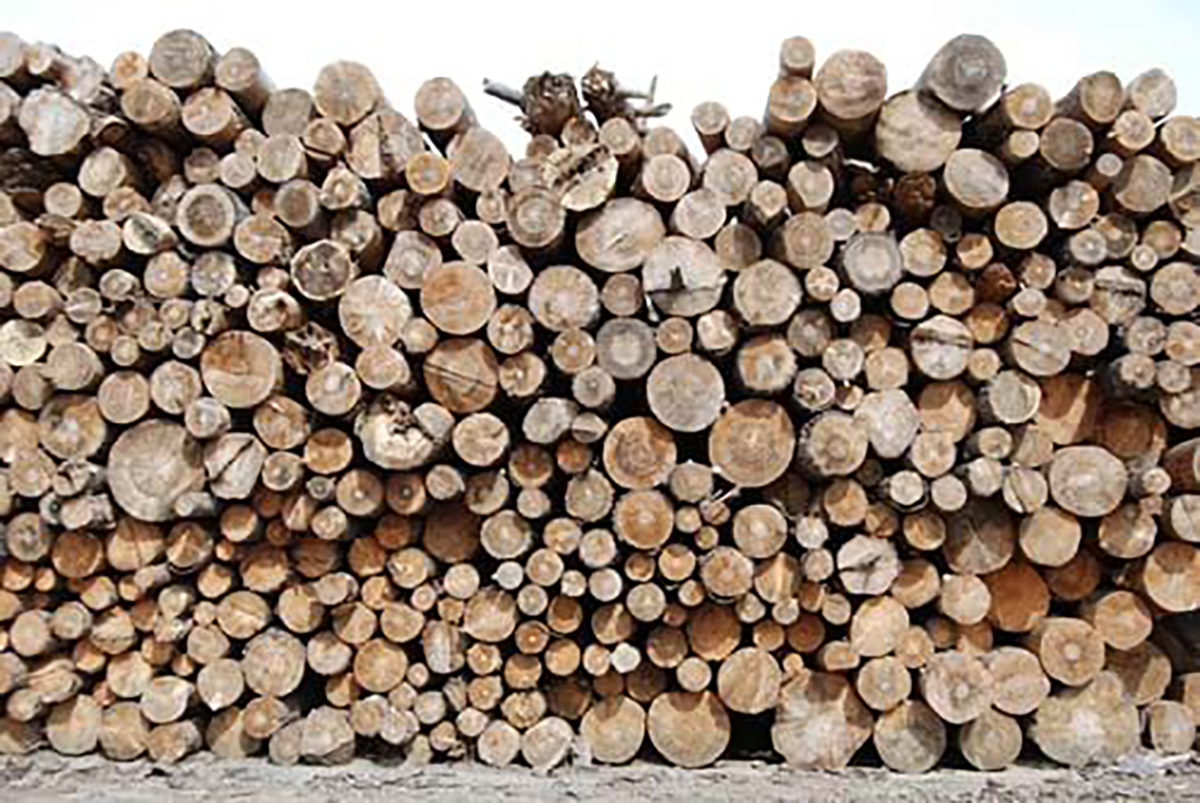
CAL FIRE Invests in Workforce and Business Development
May 27, 2022 – Sacramento – The California Department of Forestry and Fire Protection (CAL FIRE) has awarded $33 million to business development and workforce development projects that support healthy, resilient forests and the people and ecosystems that depend on them.
RESOURCES
How advanced wood products can lead to healthier forests
How advanced wood products can lead to healthier forests
Mar 5, 2020 – Healthier forests created by clearing of dead biomass and making use of the wood through innovative techniques is just one of the benefits to those practices, explains Glenda Humiston, vice president of the University of California Agriculture and Natural Resources division.
RESOURCES


